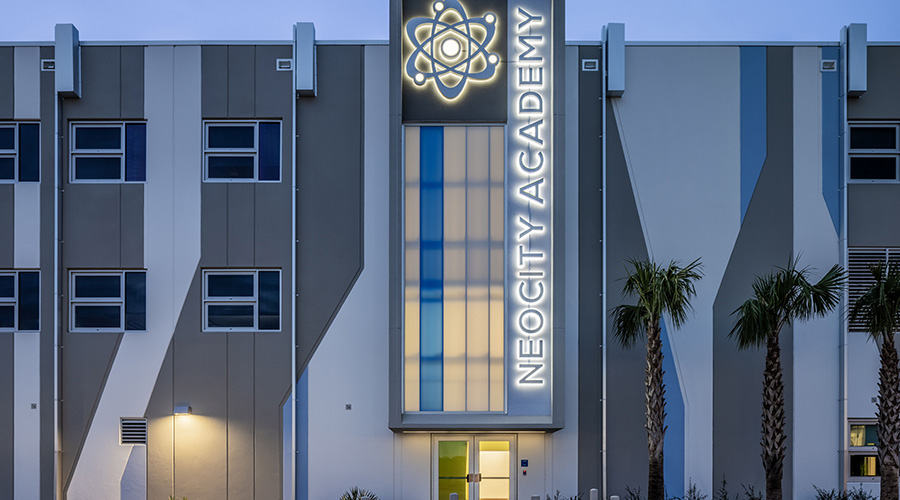Overcoming the Biggest LEED Challenges
What have you seen as some of the biggest challenges to overcome with LEED?
The biggest challenge continues to relate to the understanding of what LEED is and what it is not. The purpose of the LEED rating systems used for new construction is to certify the design and construction of a building in multiple environmental categories, one of which is energy related. They also can potentially save materials and resources and significant amounts of water, minimize pre and post construction waste, restore local habitats, reduce indoor air pollution and educate occupants and visitors. While this process intends to set up the conditions that lead to less energy consumption during operations, it does not have a true operational component except for what I mentioned above. Owners seeking to improve operational performance would turn to the LEED for Existing Buildings: Operations & Maintenance rating system.
Where new construction rating systems are concerned with the design and construction of a building, the LEED for Existing Buildings: O&M rating system is used to improve the operations, policies, procedures, purchasing and maintenance in an existing building. And while LEED’s new construction rating systems are more prescriptive and lack measurement and verification in occupancy-related performance metrics, LEED for Existing Buildings: O&M picks up where the former leaves off in requiring measurement of all “green” and energy related pursuits with M&V and various Cx options (including ongoing Cx) during the prescribed performance period.
Sometimes the most highly criticized and least understood aspect of LEED for new construction is the energy consumption aspect of a new building that has achieved any type or level of LEED certification. Specifically, during the design process and implementation of LEED in new construction projects, the use of an energy model is required. An energy model is a design-assist tool that helps project teams make the best possible decisions relating to the inclusion of various systems, building equipment and materials. It is really only a design (or energy conservation measure) comparison tool and by definition in ASHRAE, will not be reliable for predicting actual energy use in a building due to “occupancy, weather, energy use not covered by this procedure, changes in energy rates” and “variations in control and maintenance.”
Regardless of what is done in any above-mentioned case, a program of persistence must be applied to manage performance throughout the useful life of a building. LEED certification does not result in a building that maintains itself to high performance – but it can result in a building that has the potential to achieve high performance. The best way to manage, maintain or even improve a building’s performance is with an ongoing commissioning program that never stops.
Jamie Qualk, LEED AP BD+C, is vice president, SSRCx, a division of Smith Seckman Reid engineering design and facility consulting firm. He
lectures in the Civil Engineering department of Vanderbilt University
regarding sustainability and construction and also at Lipscomb
University in the Institute for Sustainable Practice. You can follow him
on Twitter @Jamie_Qualk.
Related Topics:














